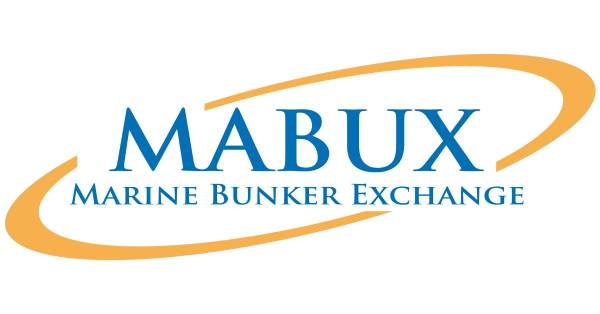The world bunker indices continued their firm upward evolution amid the current geopolitical tensions
The Weekly Outlook was contributed by Marine Bunker Exchange (MABUX)
Over the Week 22, the world bunker indices continued their firm upward evolution amid the ongoing military conflict in Ukraine. The 380 HSFO index rose by 29.01 USD: from 731.71 USD/MT to 760.72 USD/MT. The VLSFO index went up more significantly: by 60.84 USD from 984.65 USD/MT to 1045.49 USD/MT. On May 27, the VLSFO index exceeded the 1000 USD mark for the first time since March 09, 2022), and on June 01 it reached its historical maximum (1045.49 USD). The MGO index also showed a significant growth: plus 80.60 USD (from 1236.45 USD/MT to 1317.05 USD/MT). Uncertainty in the global oil and bunker markets provokes further rise in bunker prices.
The Global Scrubber Spread (SS) weekly average – the price difference between 380 HSFO and VLSFO – continued its firm growth over the week – plus $ 26.98 ($ 268.11 versus $ 241.13 last week), reaching $ 284.77 on June 01 and setting a new all-time high mark (previous was $ 270 dated January 09, 2020). At the same time, in Rotterdam, the SS Spread’s average value rose less significantly: $189.00 vs. $178.83 (up $10.17 compared to last week). The most significantly the average price difference 380 HSFO/VLSFO rebounded in Singapore: $ 411.00 vs. $ 277.33 (plus $ 133.67 compared to the previous week), and on June 01 reached its all-time high mark of $ 490 (the previous one was $347 as of January 09, 2020). The sharp rise in SS Spread values has further increased the relevance and popularity of scrubbers. More information is available in the Price Differences section at www.mabux.com.
Partial embargo on Russian oil imports pushed gas prices in Europe further up. Price for LNG as bunker fuel in the port of Sines (Portugal) rose on May 30 by another 18 USD to 1916 USD/MT (versus 1898 USD/MT a week earlier). LNG prices are still significantly higher than those of traditional bunker fuels: for comparison, the MGO LS price index at the port of Sines was quoted at 1399 USD/MT as of June 01.
Over the week 22, the most significant change of MDI index weekly average (comparison of MABUX market bunker prices) vs MABUX digital bunker benchmark)) was the transition of 380 HSFO fuel at the port of Singapore to the undercharge zone: minus $40. In other selected ports, this type of fuel remained overvalued: Rotterdam – plus $17, Fujairah – plus $4 and Houston – plus $42, while overpricing gradually decreasing.
VLSFO fuel grade, according to the MDI, remained overpriced at all selected ports, while overprice premium narrowed as well: plus $15 in Rotterdam, plus $170 in Singapore, plus $105 in Fujairah and plus $48 in Houston. Here, the MDI index did not have any firm trend: down in Rotterdam, but up in the other three ports. VLSFO fuel remains the most overvalued segment in the global bunker market.
As regards MGO LS, MDI also recorded an overpricing of this fuel grade over the week in three out of four ports selected: in Singapore, there was a 100% correlation of market and benchmark prices. In other ports, the overprice premium was: Rotterdam – plus $3, Fujairah – plus $178 and Houston – plus $30. The overcharging gradually decreased.
Geopolitical instability related to military conflict in Ukraine and rising bunker prices caused petroleum tanker rates for routes originating in Europe to rise to record highs in April 2022, according to the US Energy Information Administration (EIA). Rates for dirty tankers – those that mostly carry crude oil, but also haul high-sulphur petroleum products such as residual fuel oil – for Aframax-sized vessels originating in the Black Sea in southeast Europe increased to $32.10 per metric tonne (mt) in April 2022, more than triple the $10.11/mt price in January 2022. The tanker rates for routes originating in the Baltic Sea in northern Europe reached $41.38/mt in April 2022, up from $7.50/mt in January 2022. The high-cost tanker rates in the Black Sea include higher insurance risk premiums because the sea borders Ukraine and Russia. EIA also highlighted increased bunker fuel costs, which affect both dirty and clean tanker – those that carry lower-sulphur petroleum products, including refined petroleum products such as motor gasoline, diesel fuel, jet fuel, and naphtha – rates.
Continued uncertainty in the global bunker market, sanctions imposed on Russia in the energy sector and, as a result, a sharp increase in crude oil prices remain the main drivers for bunker indices’ uptrend. We expect bunker fuel prices to continue rising next week.
Source: MABUX By Sergey Ivanov, Director









































